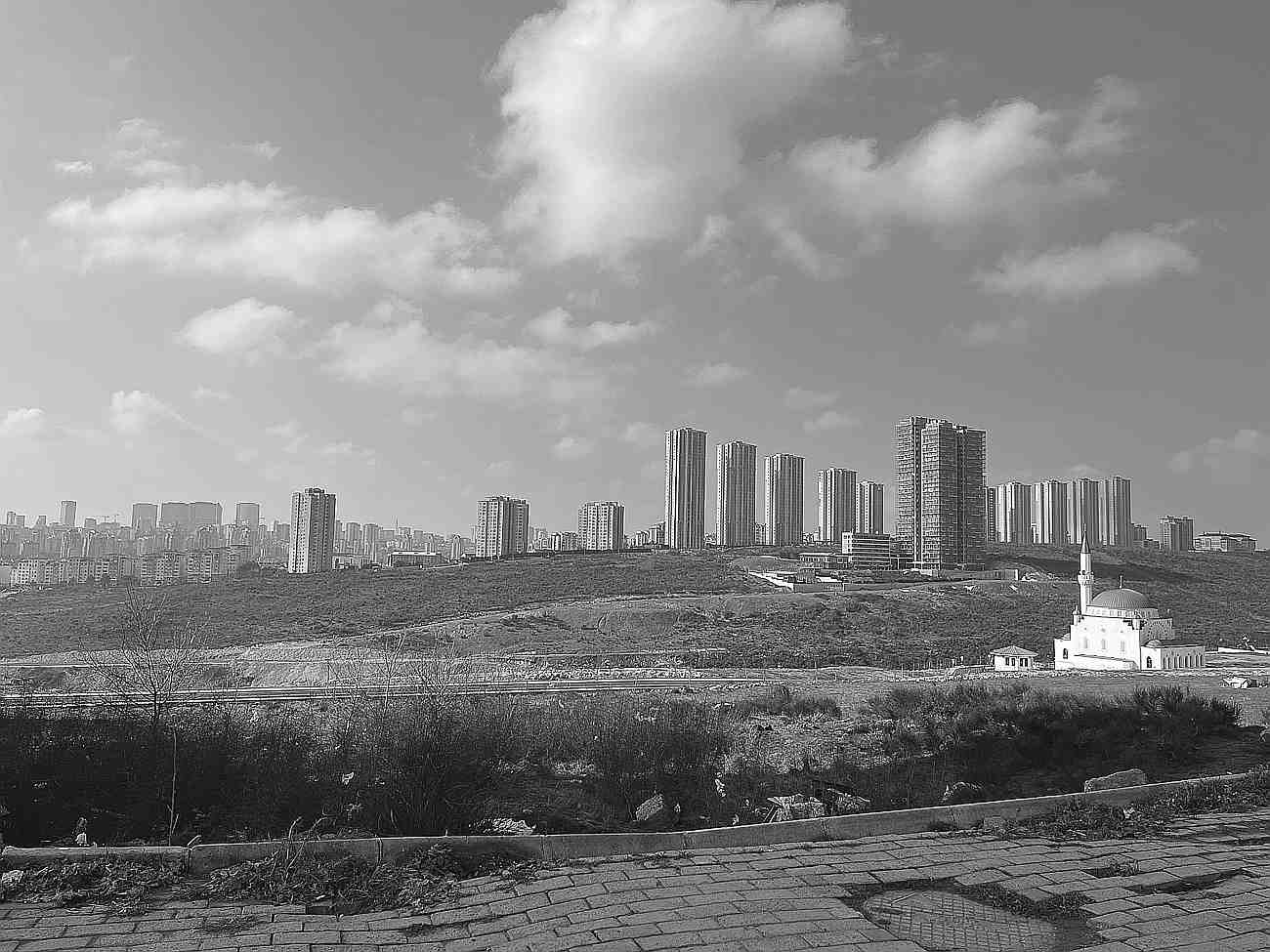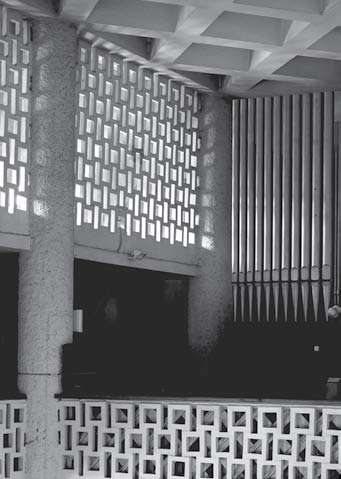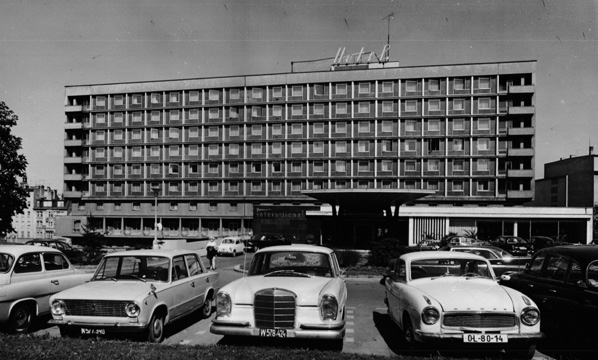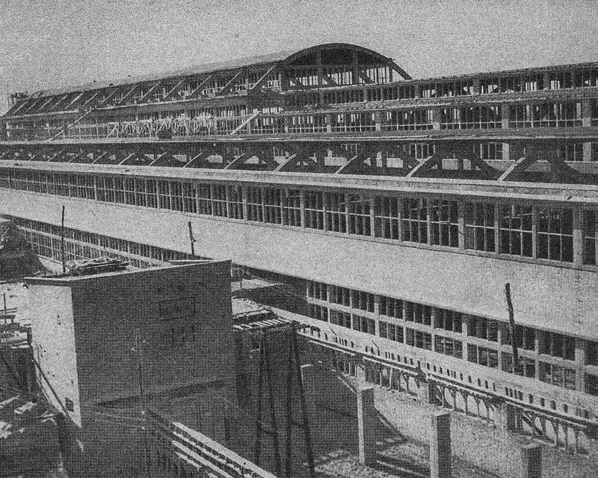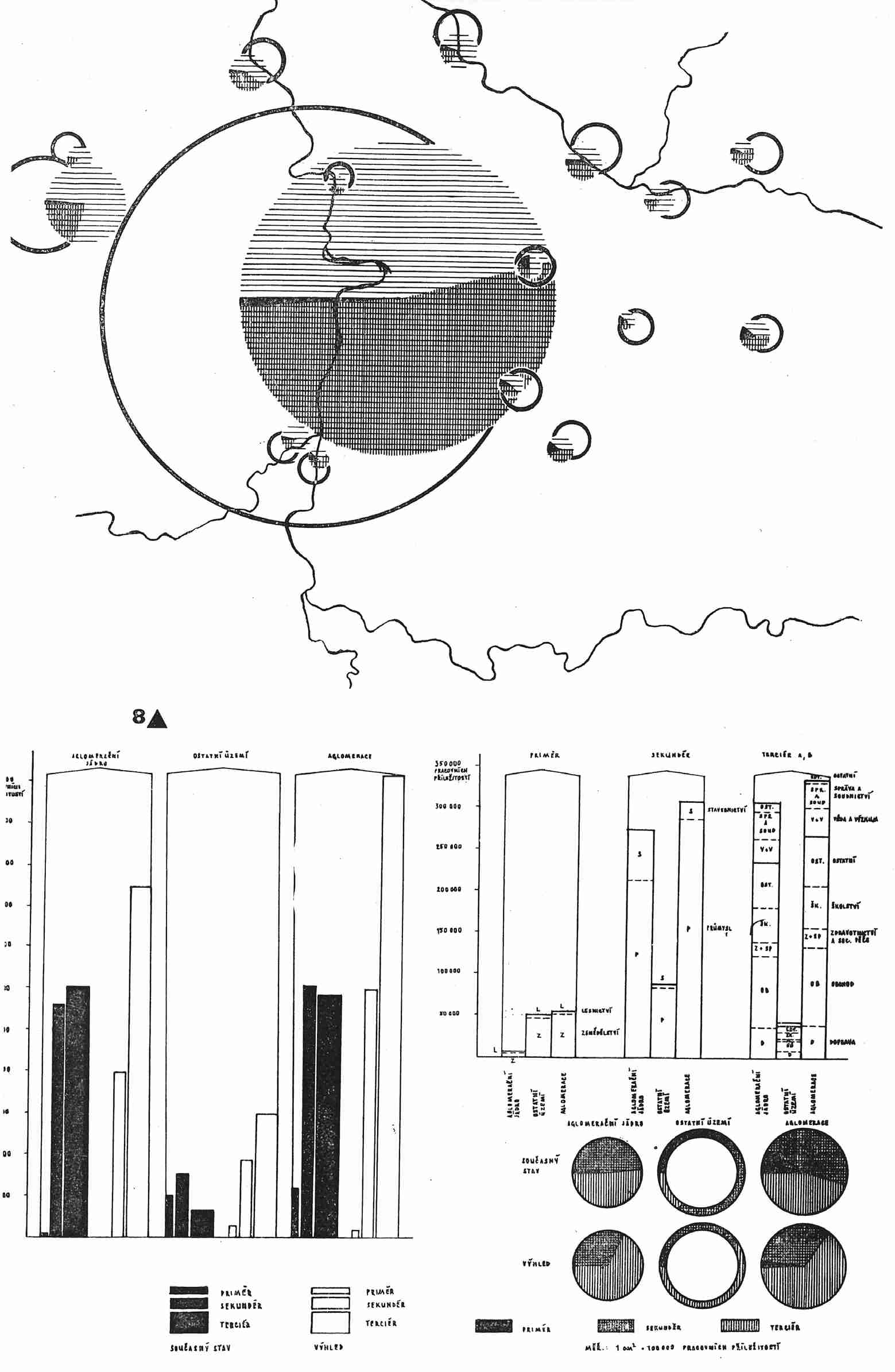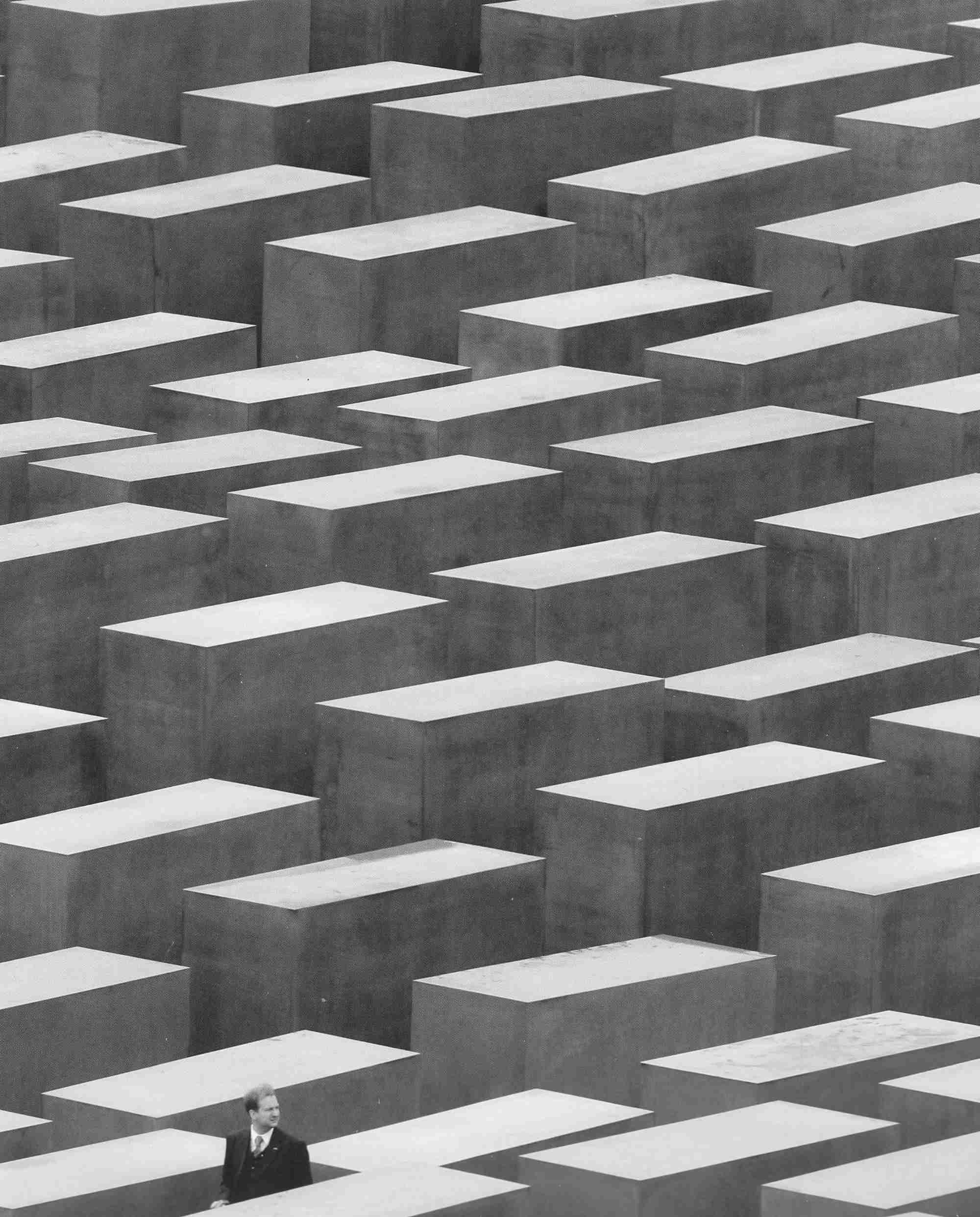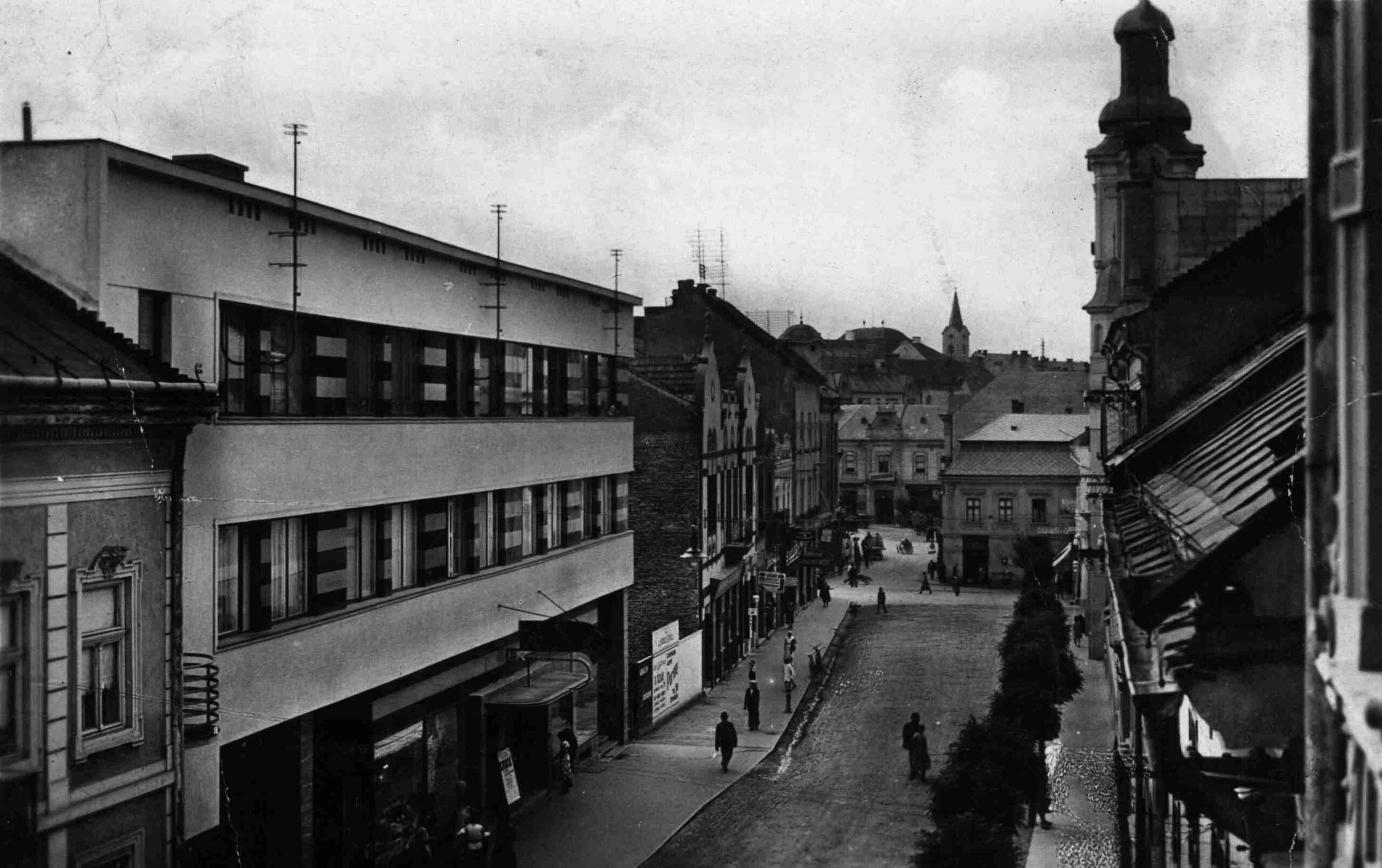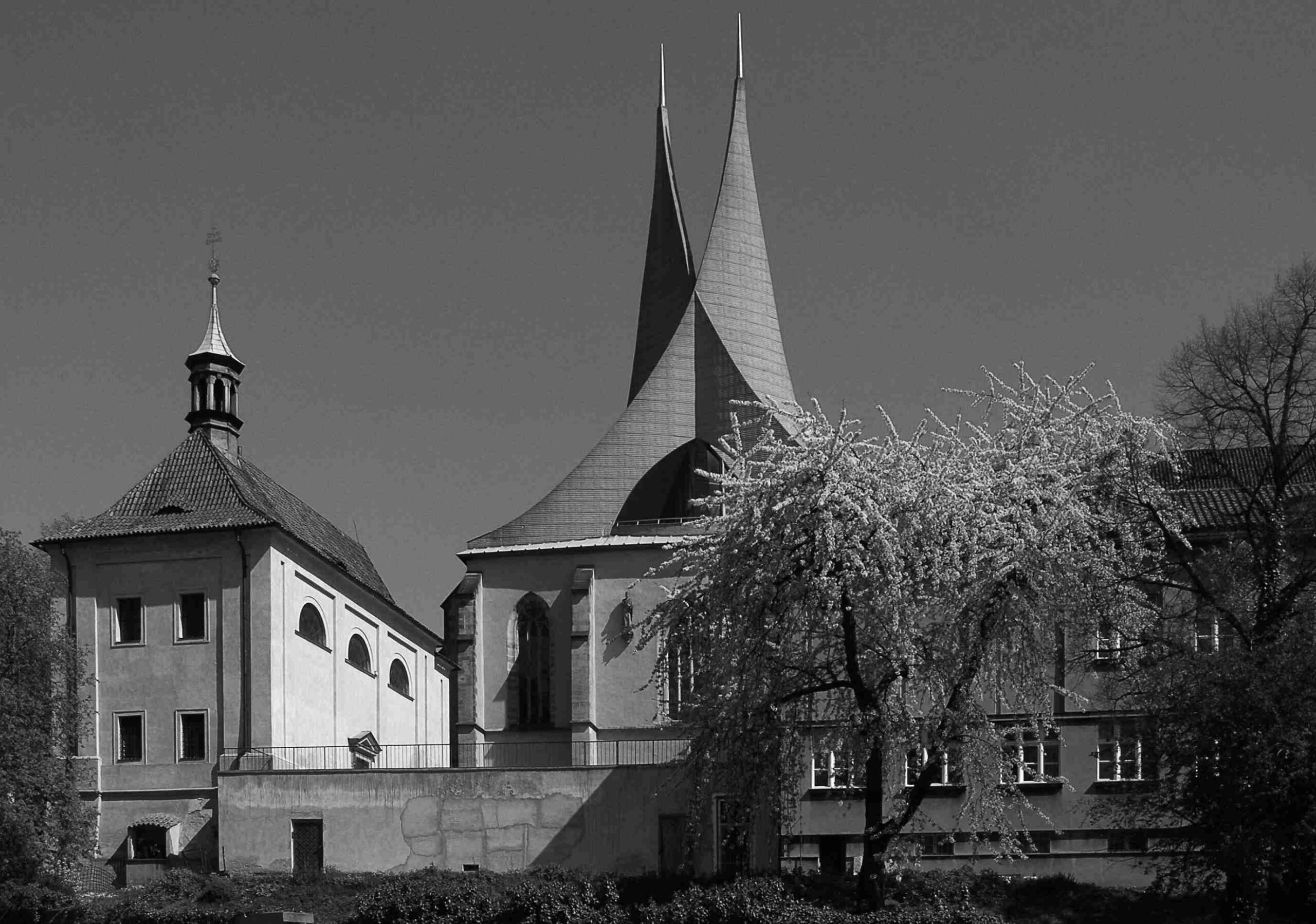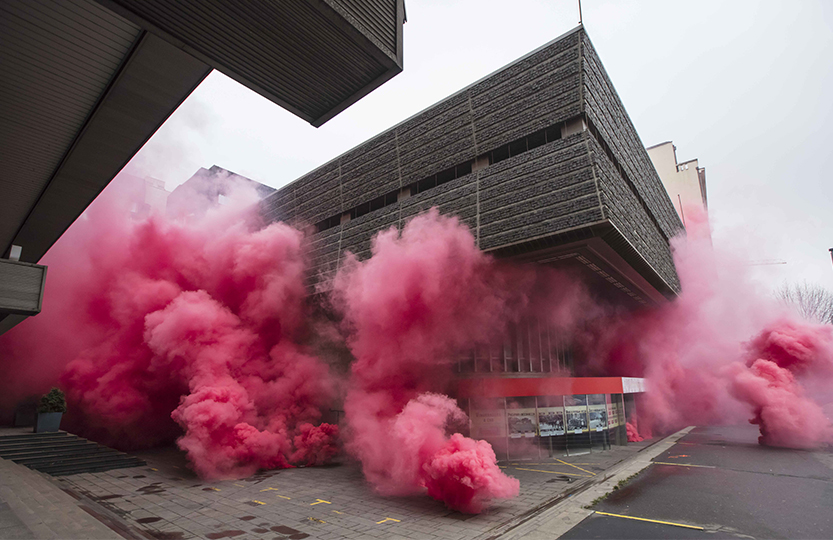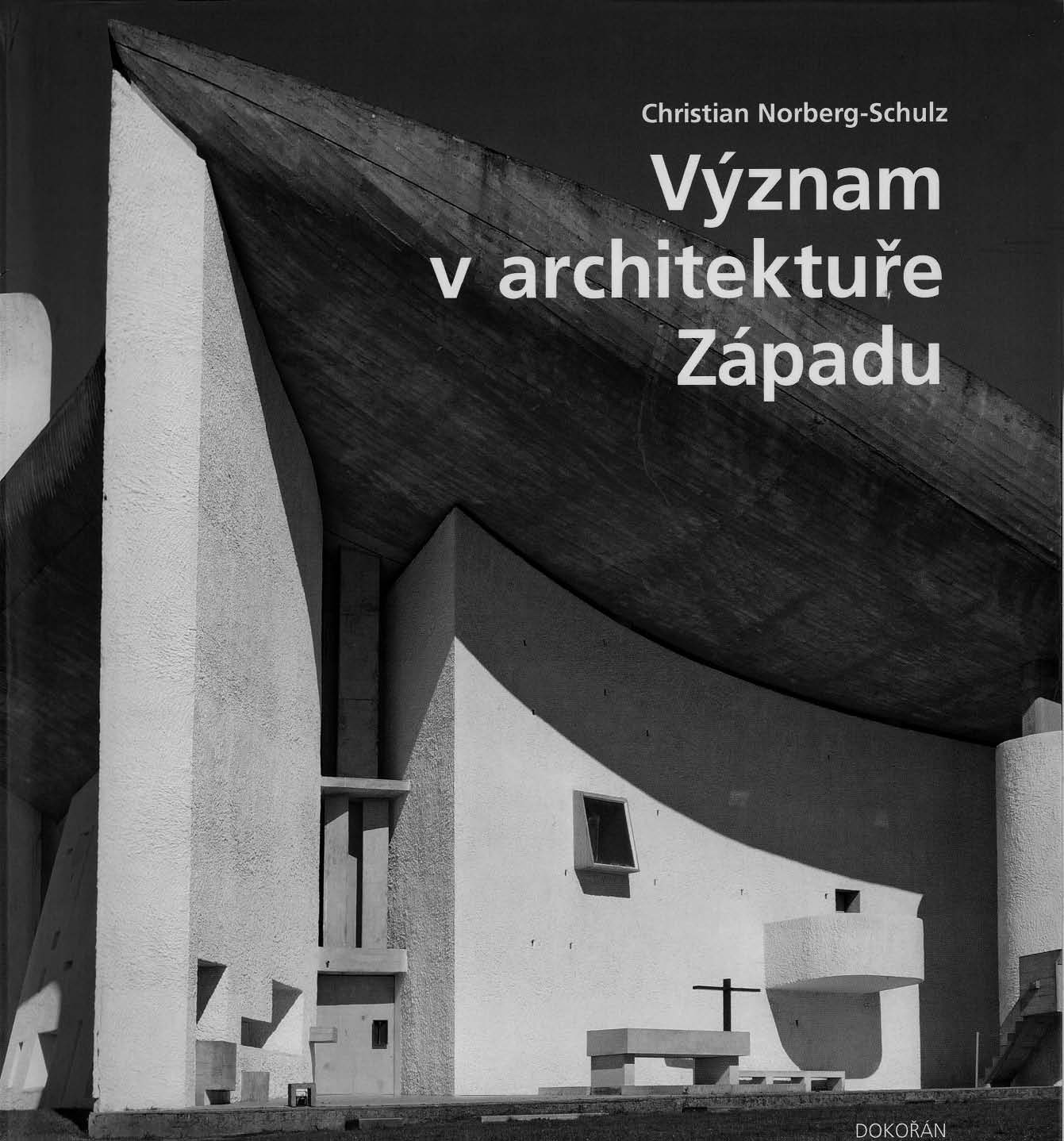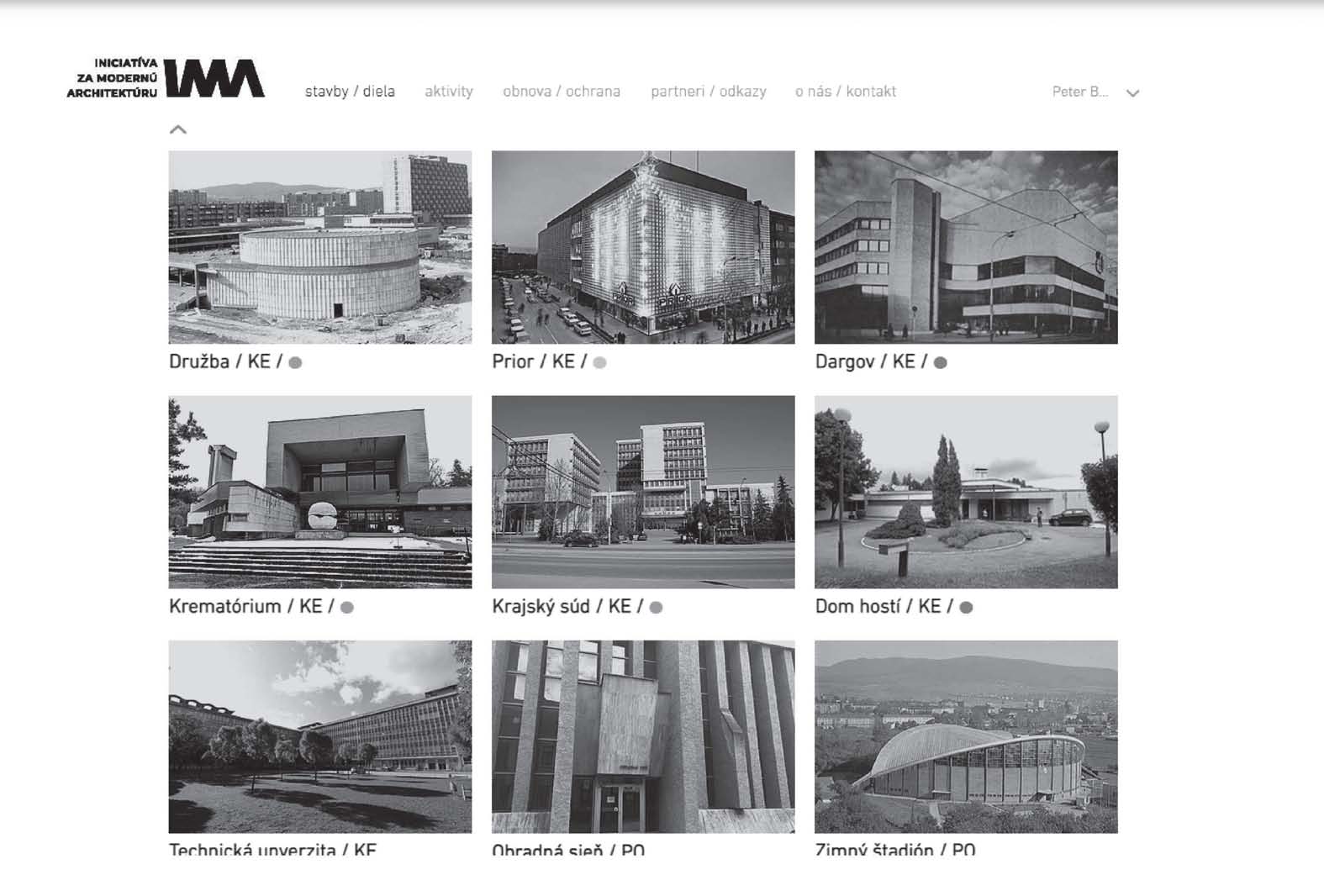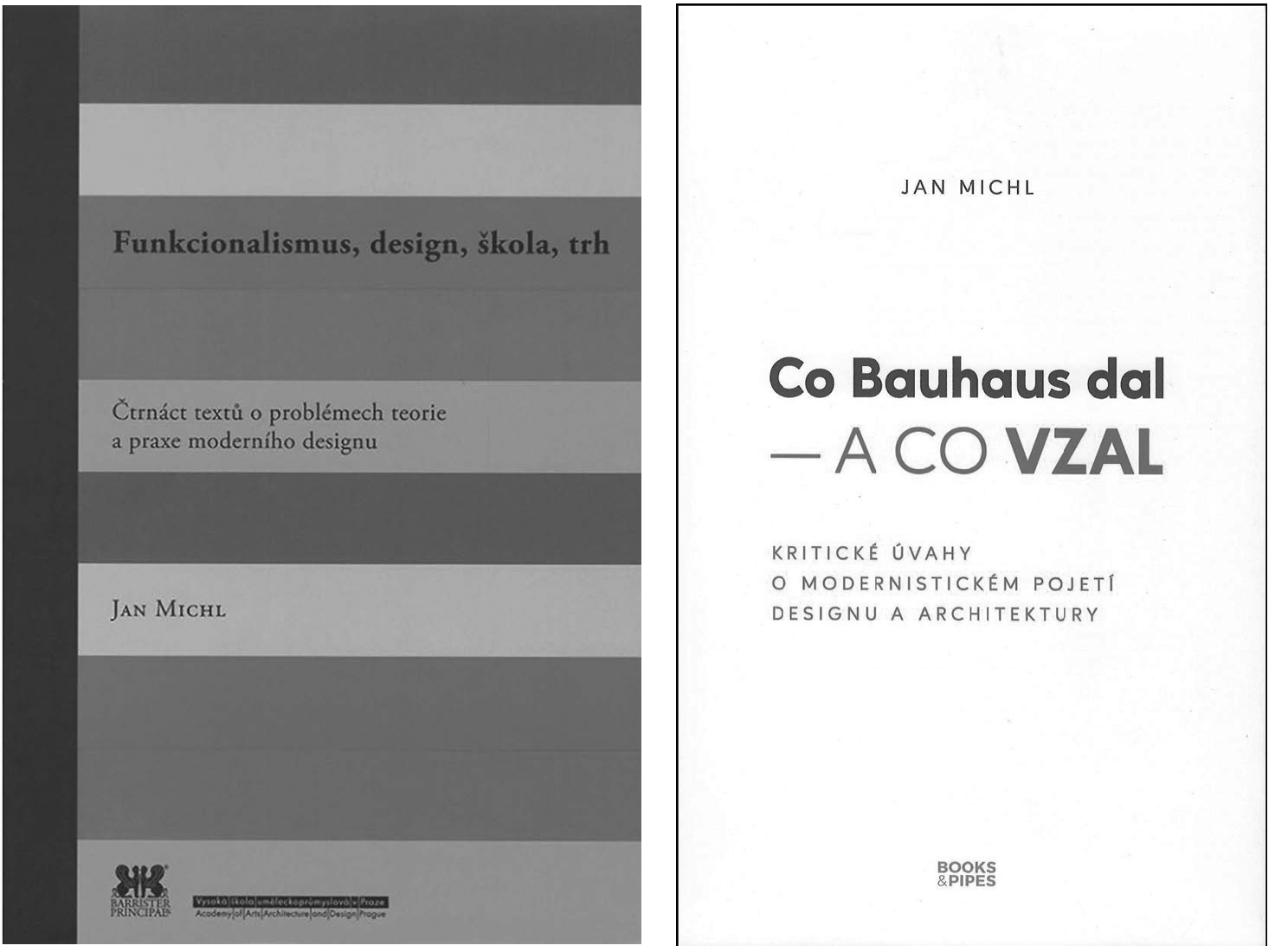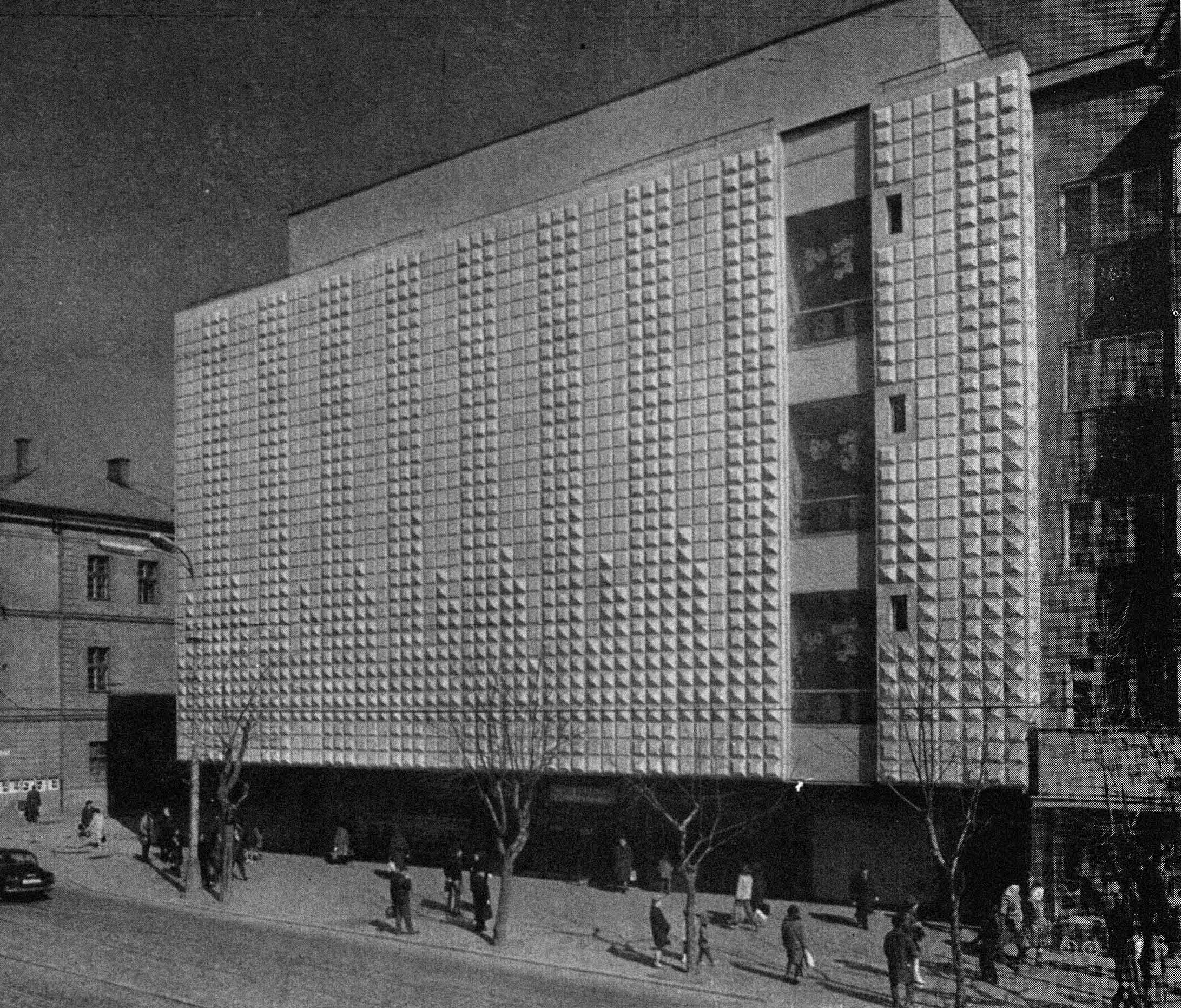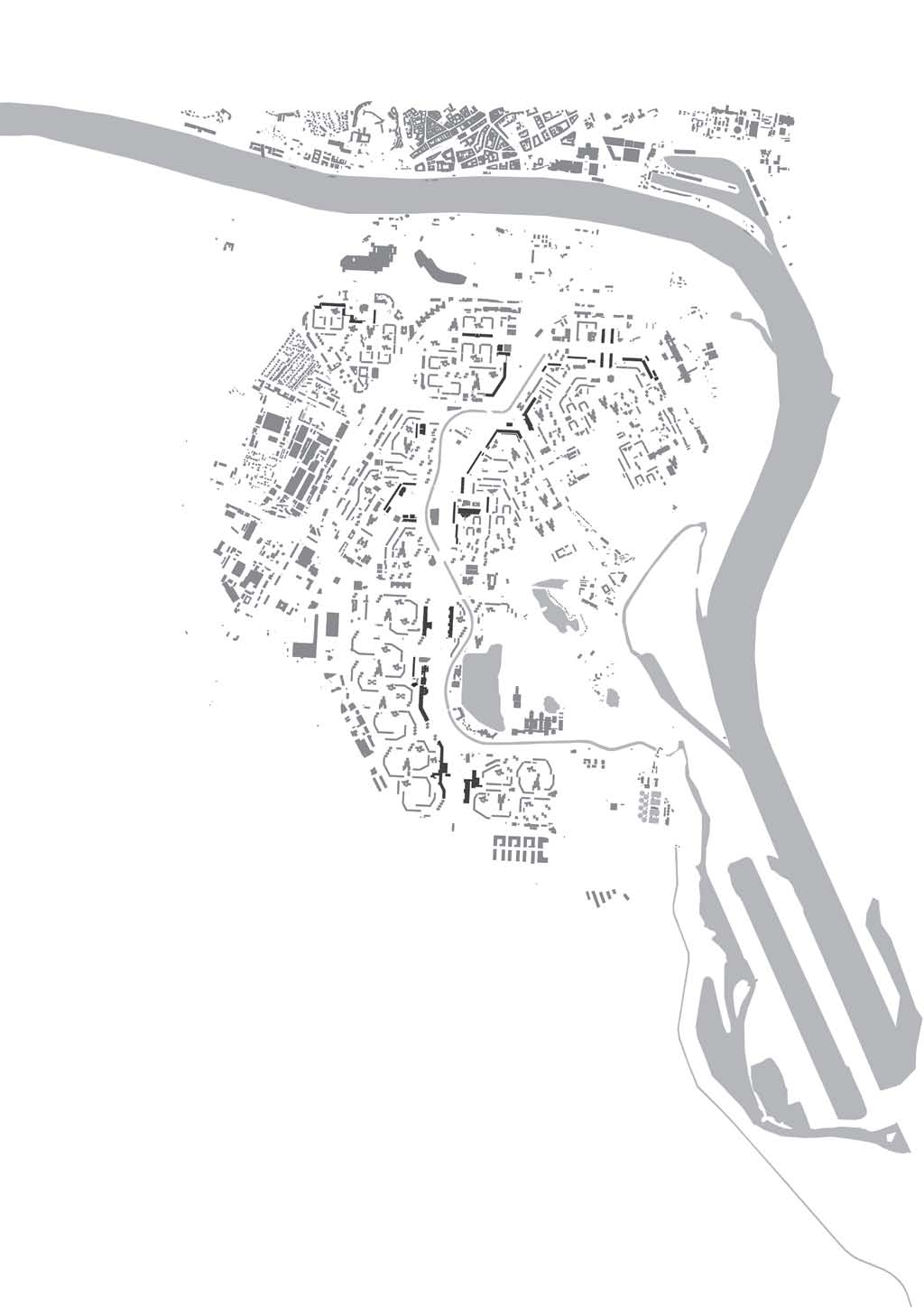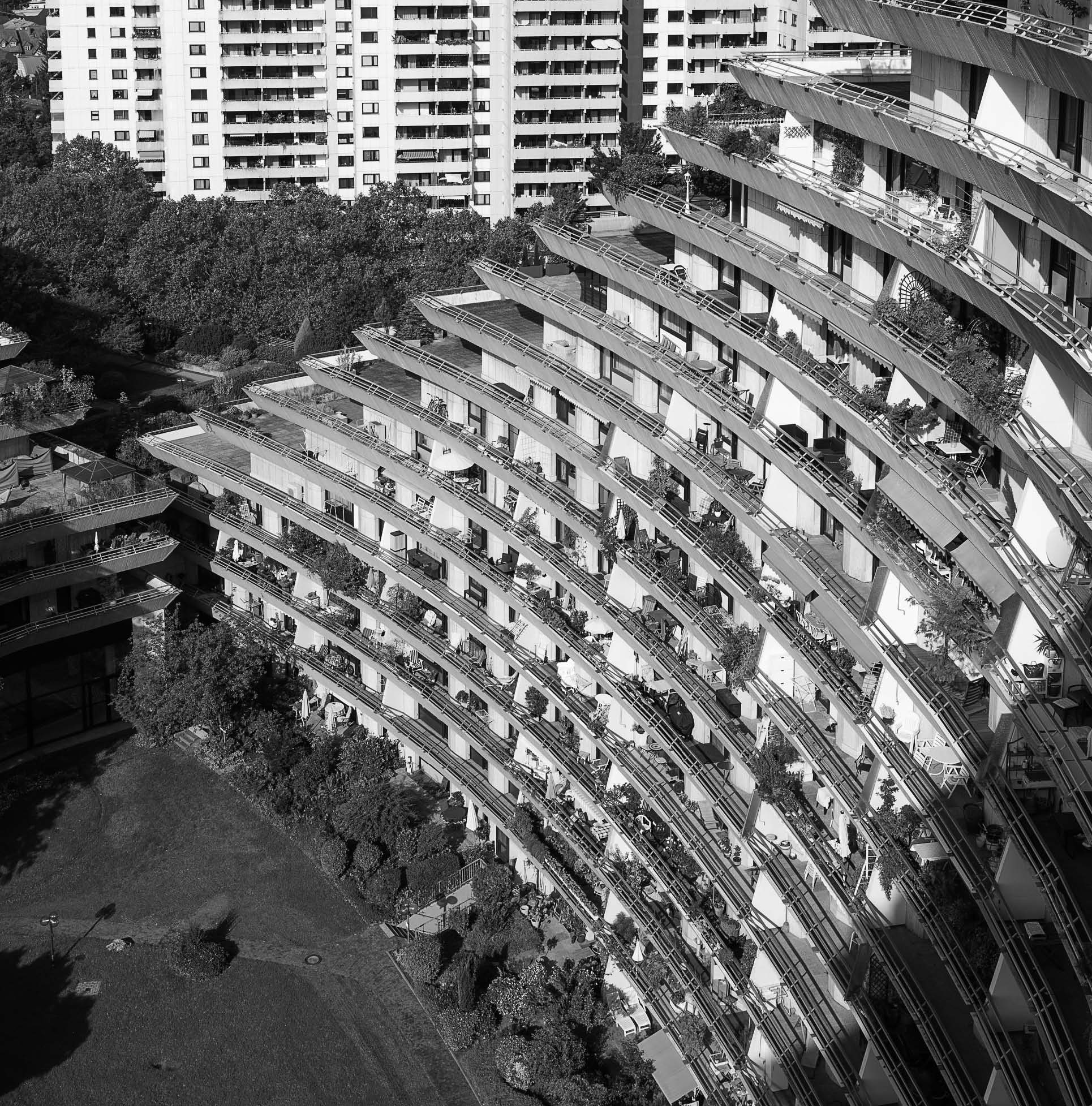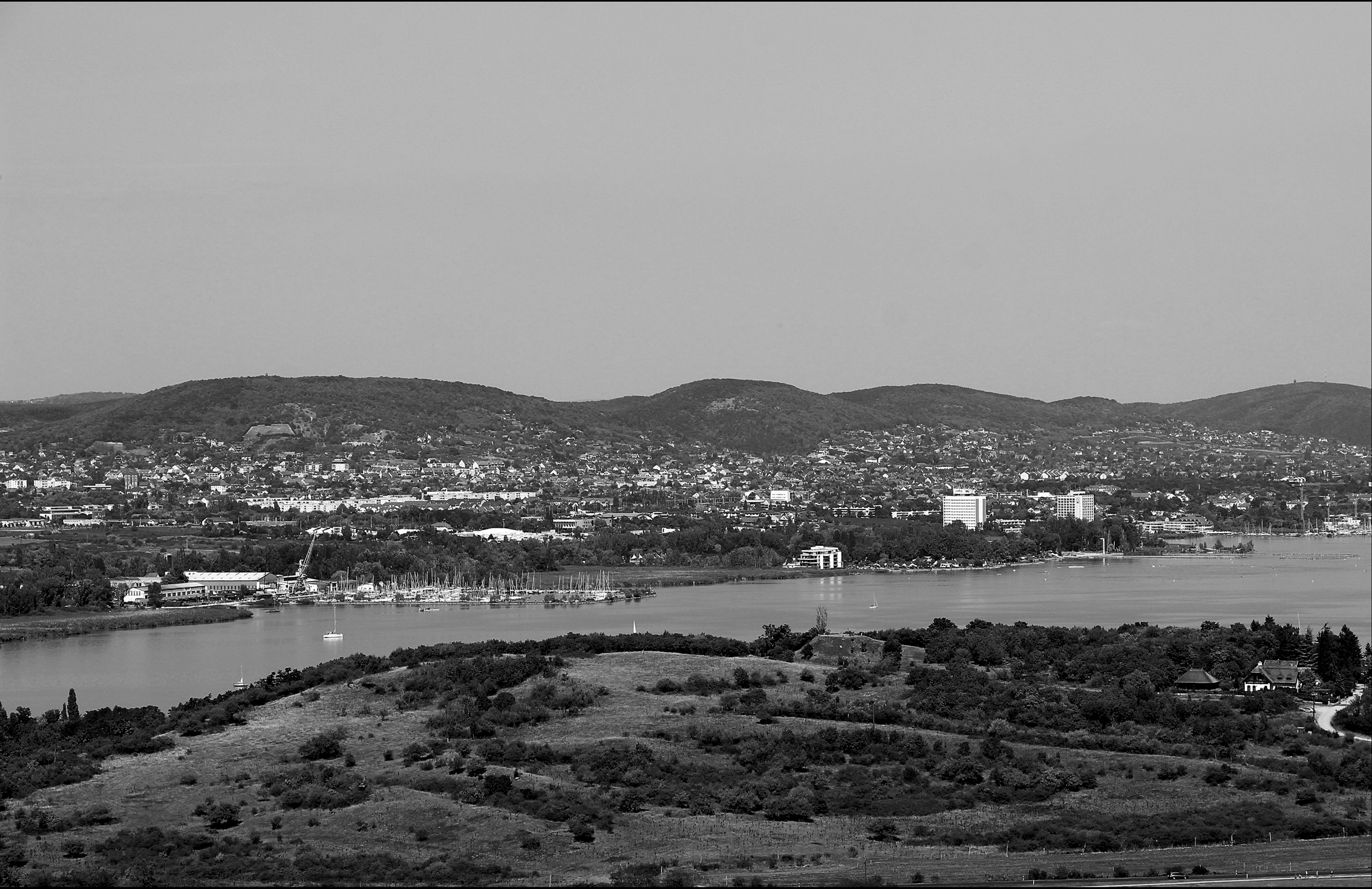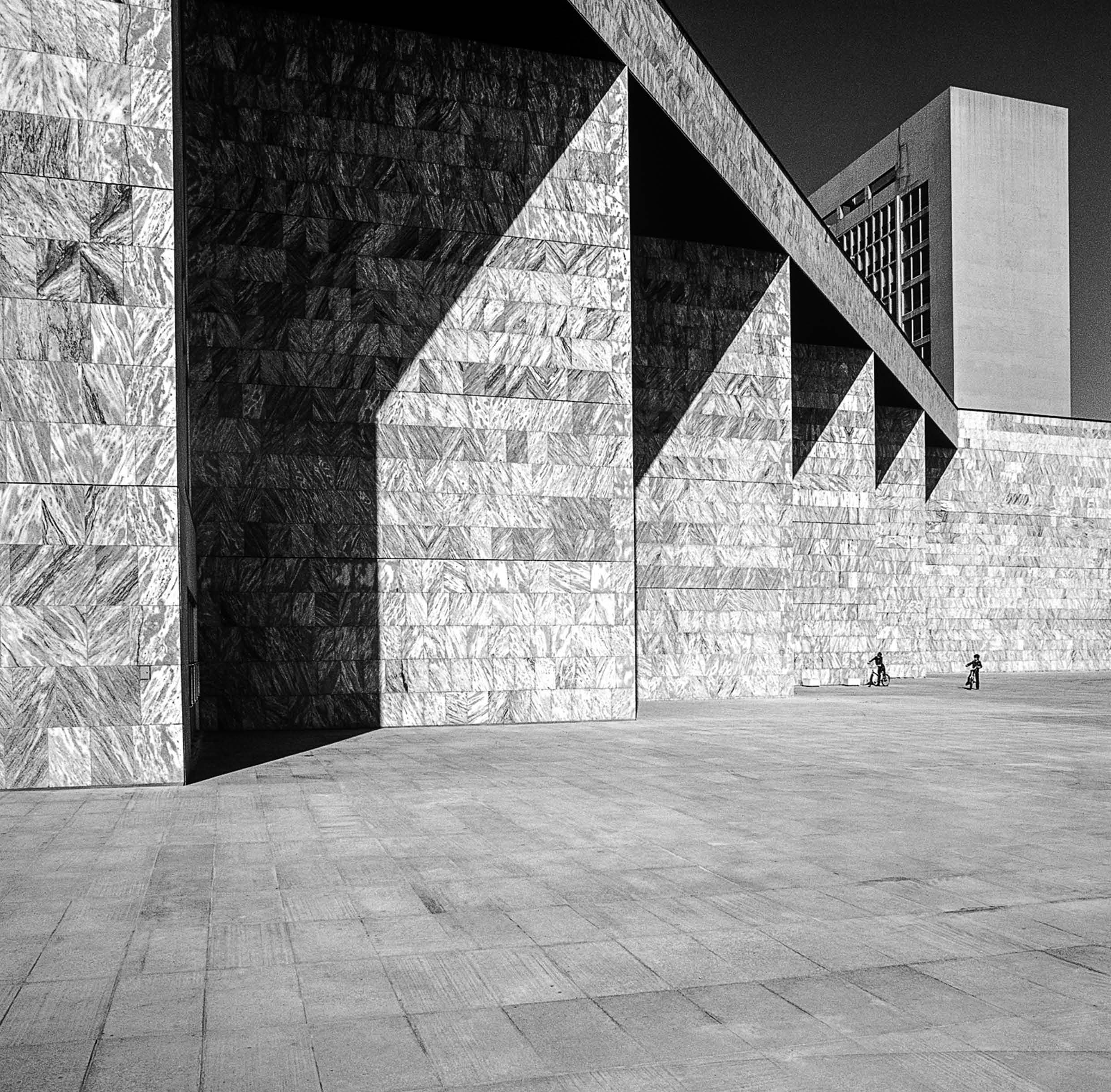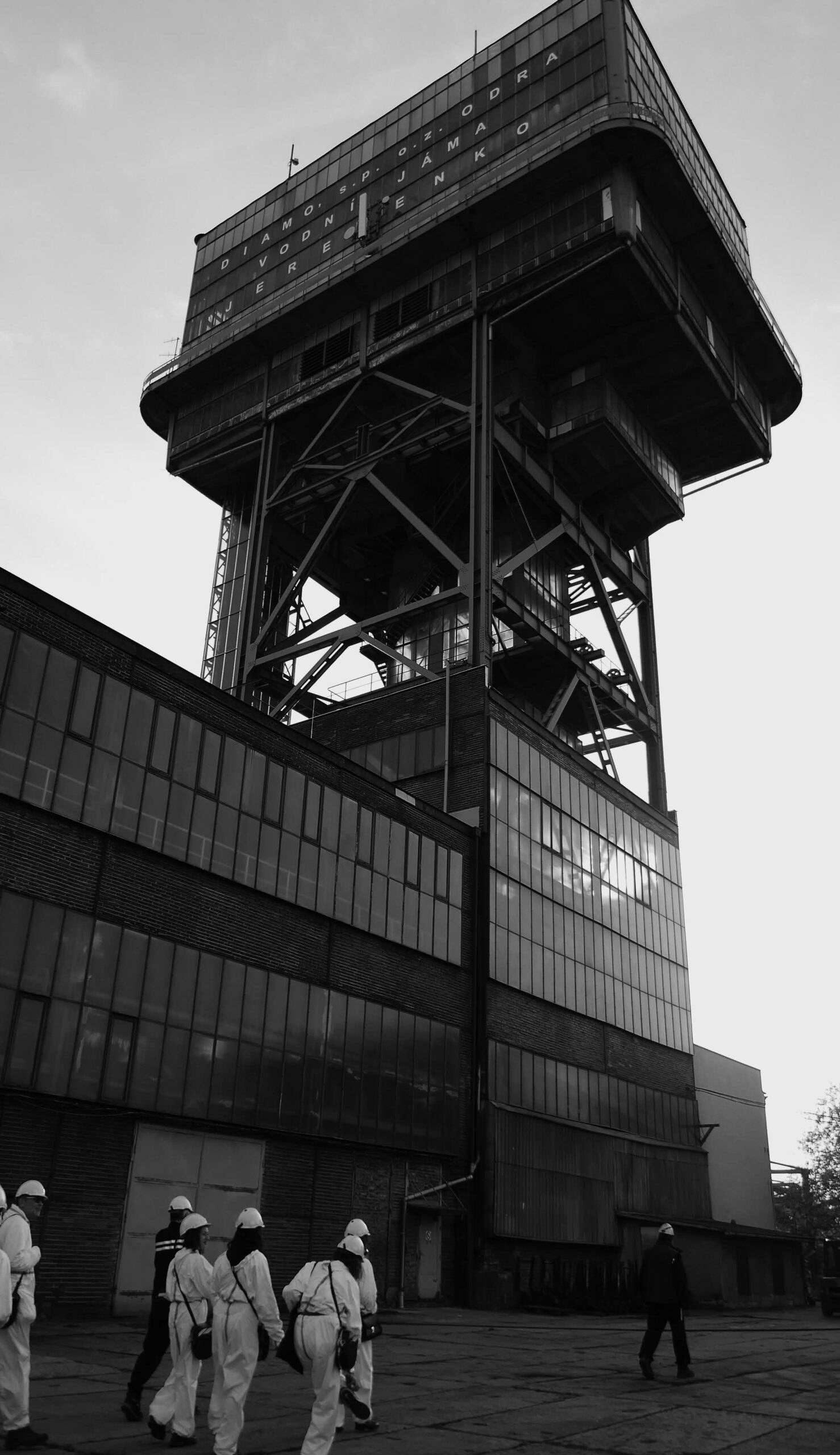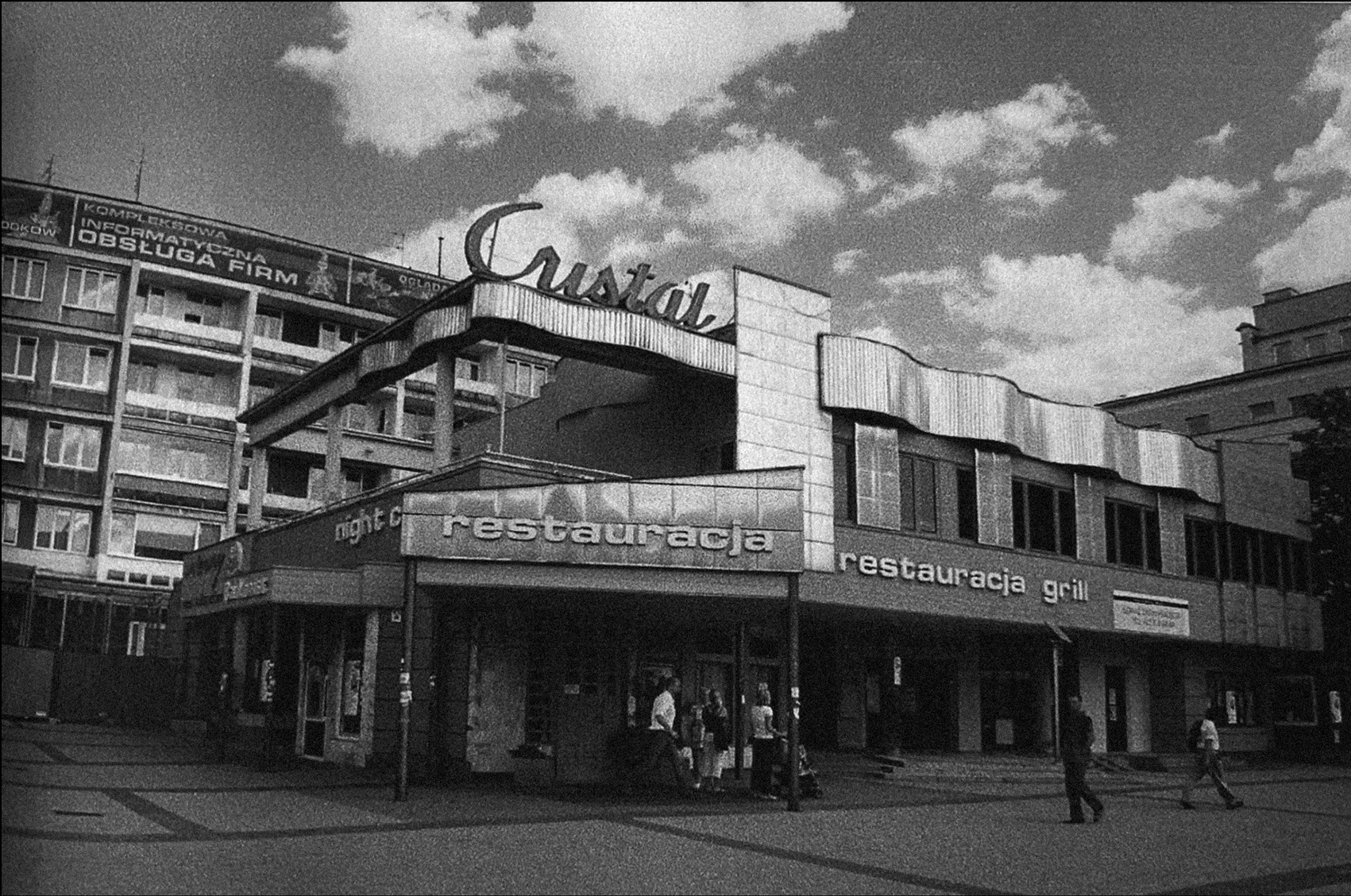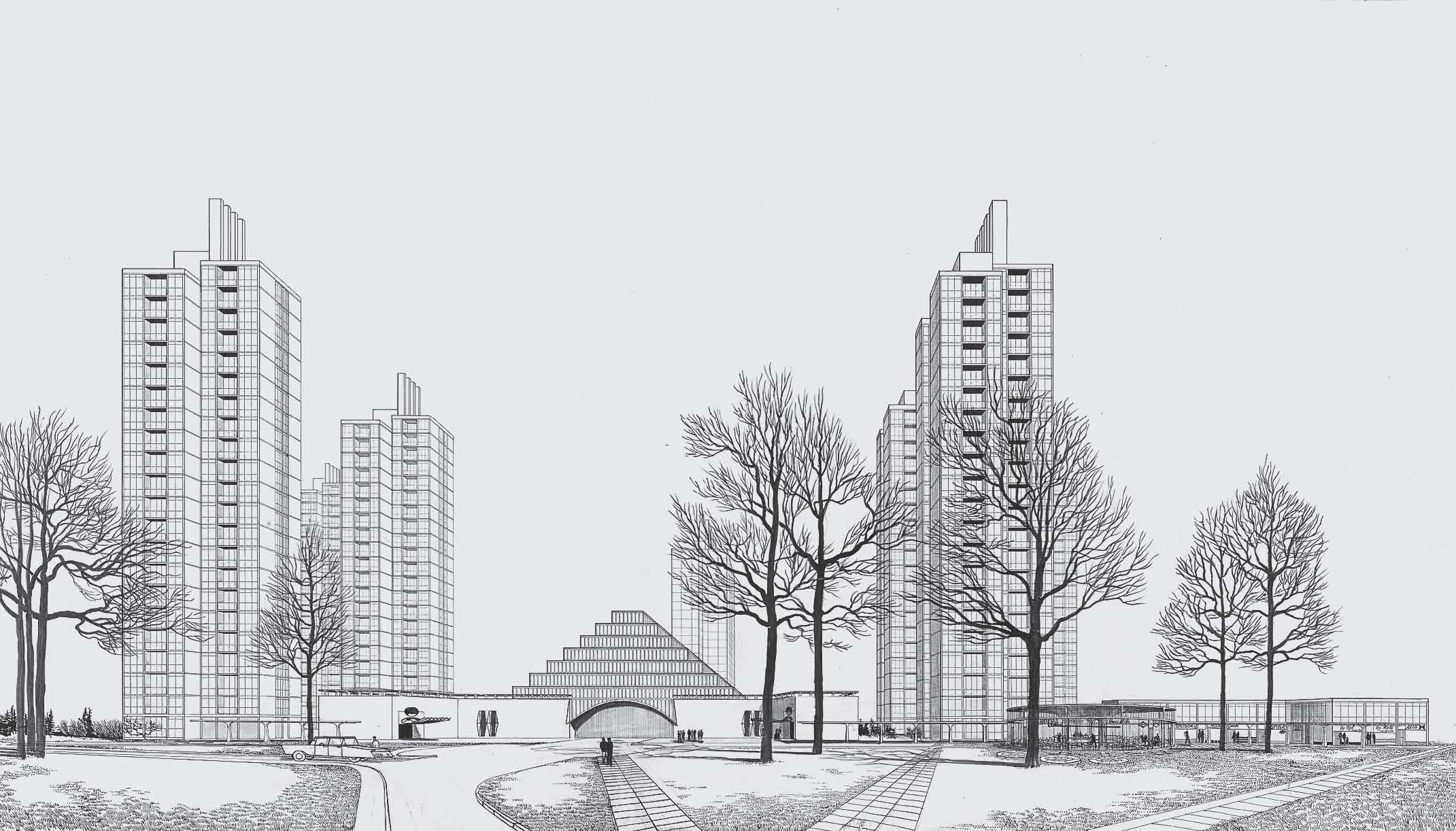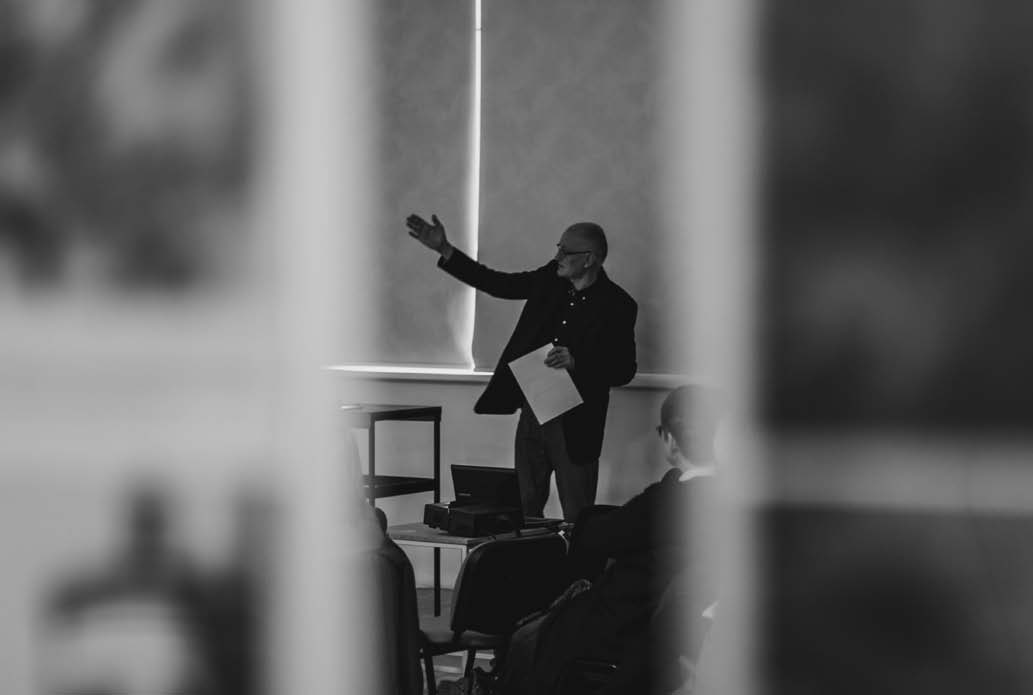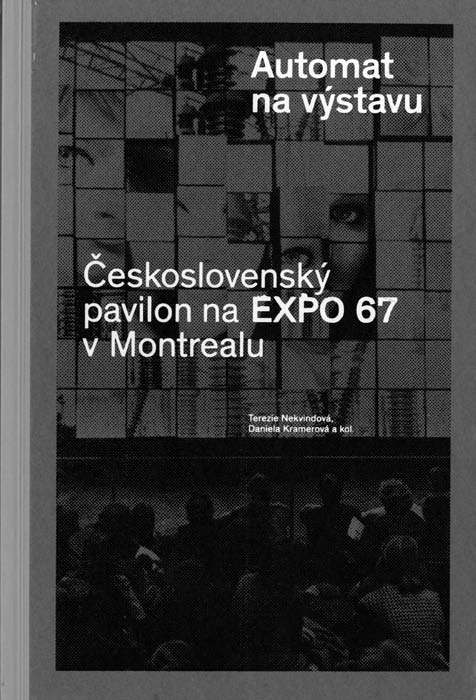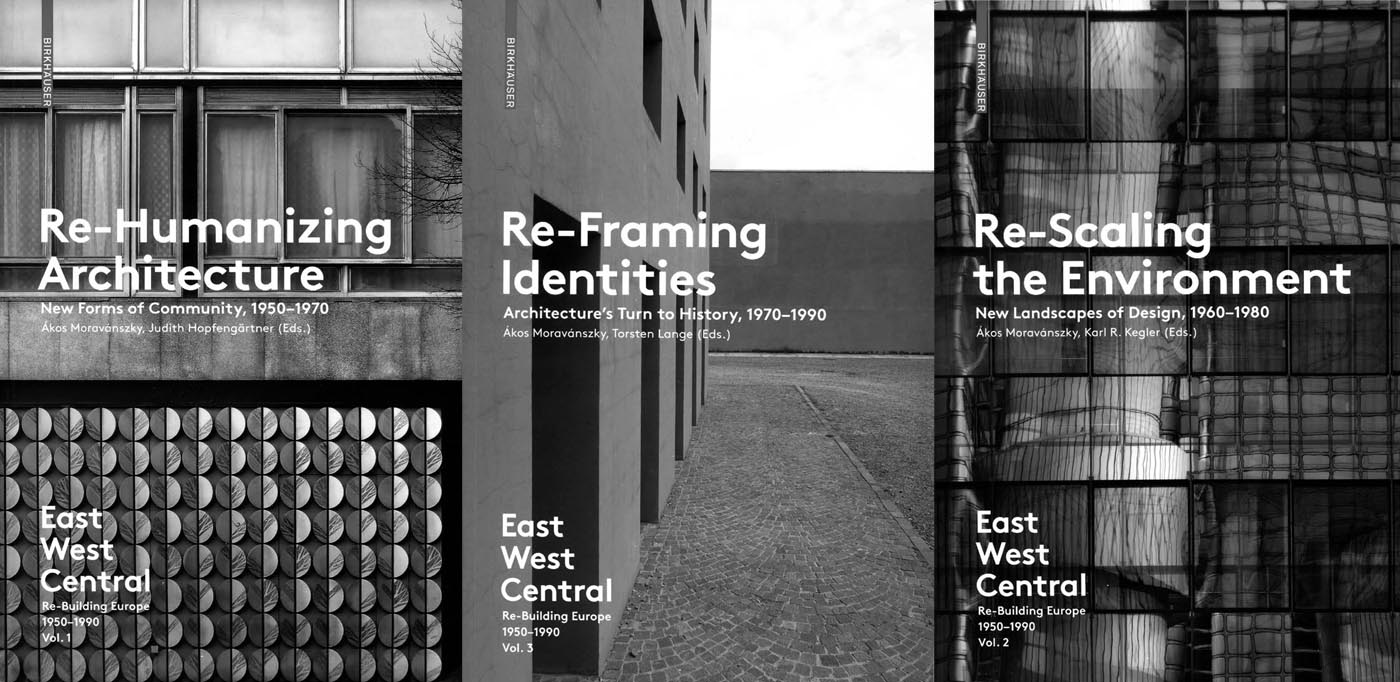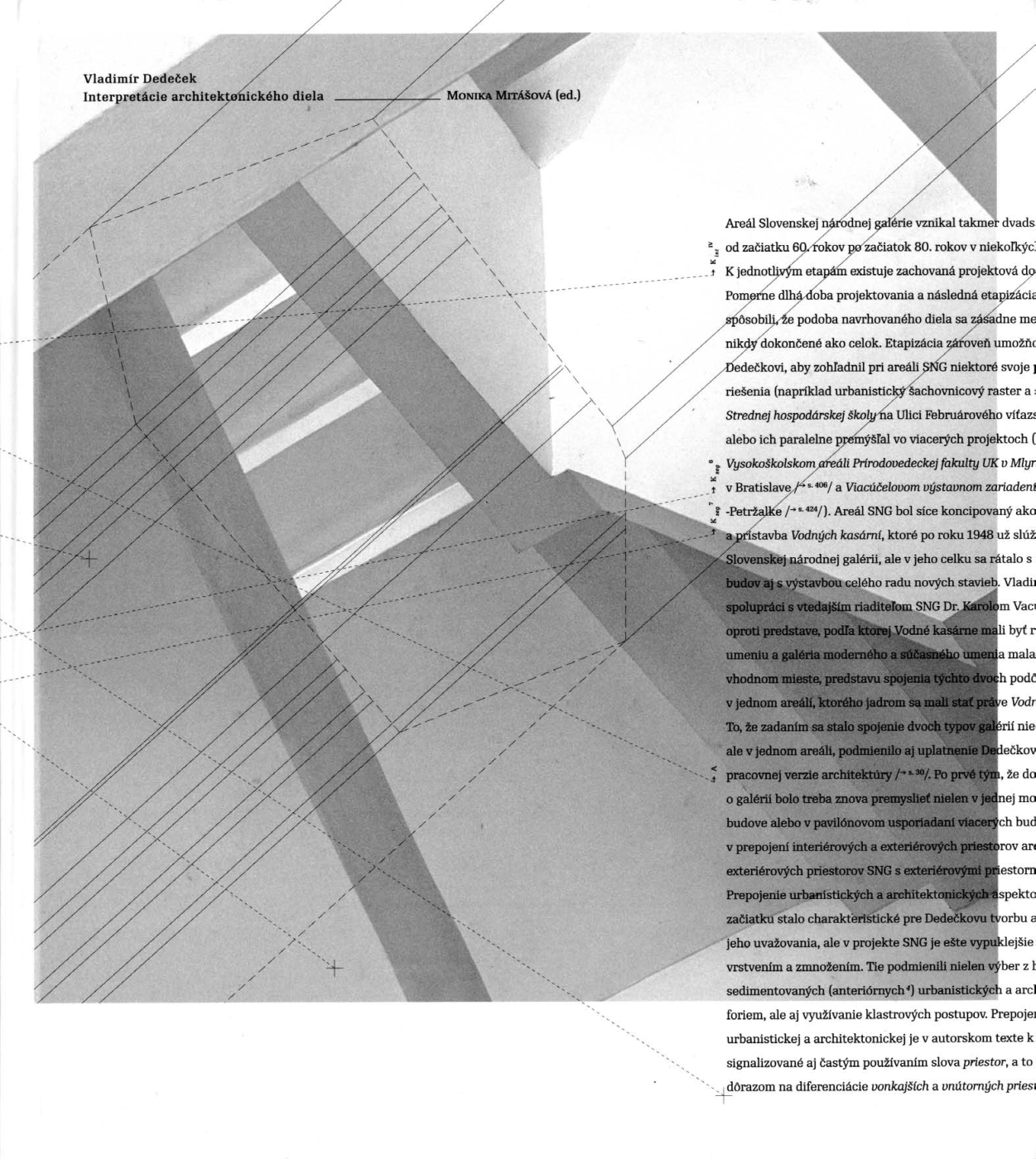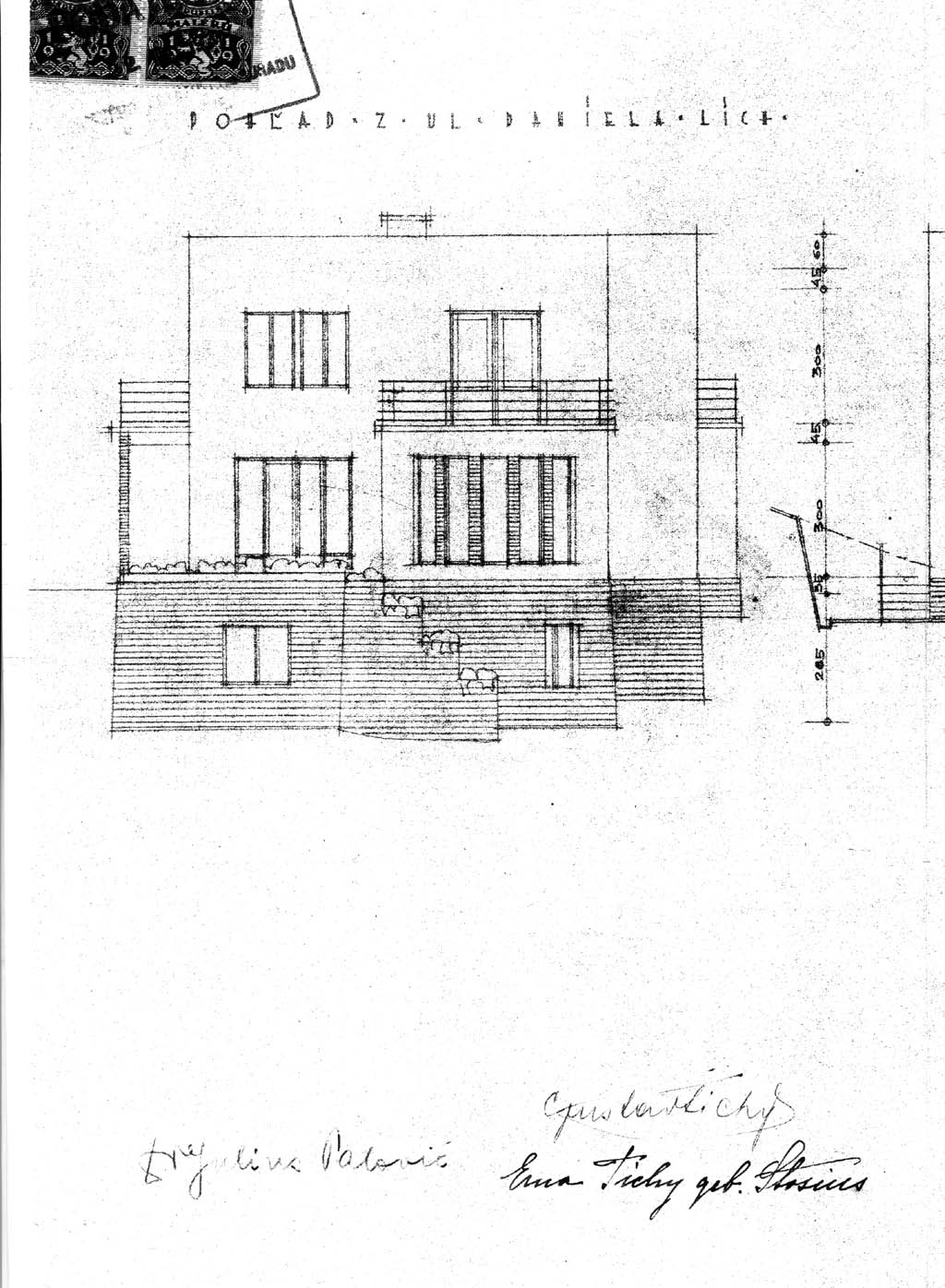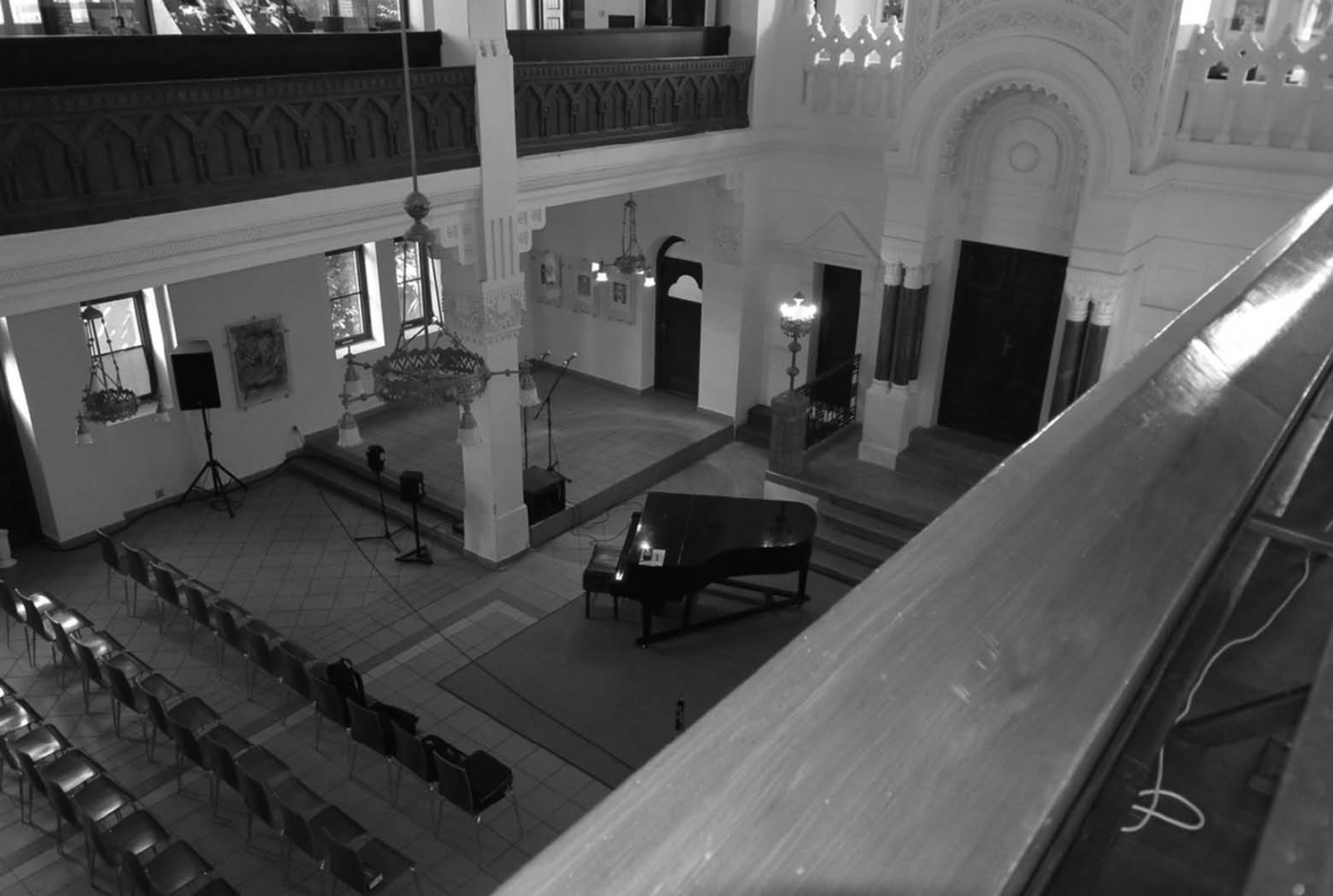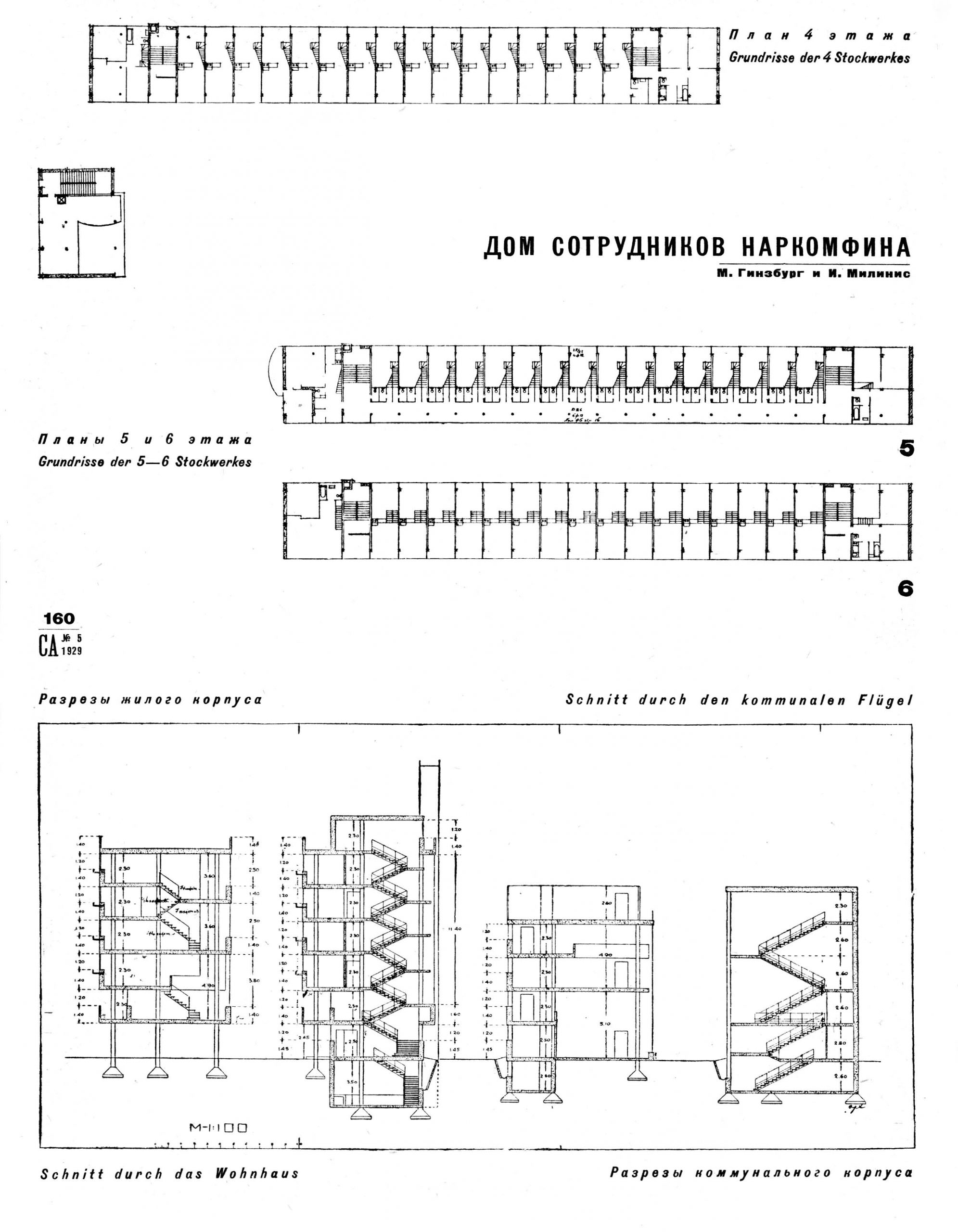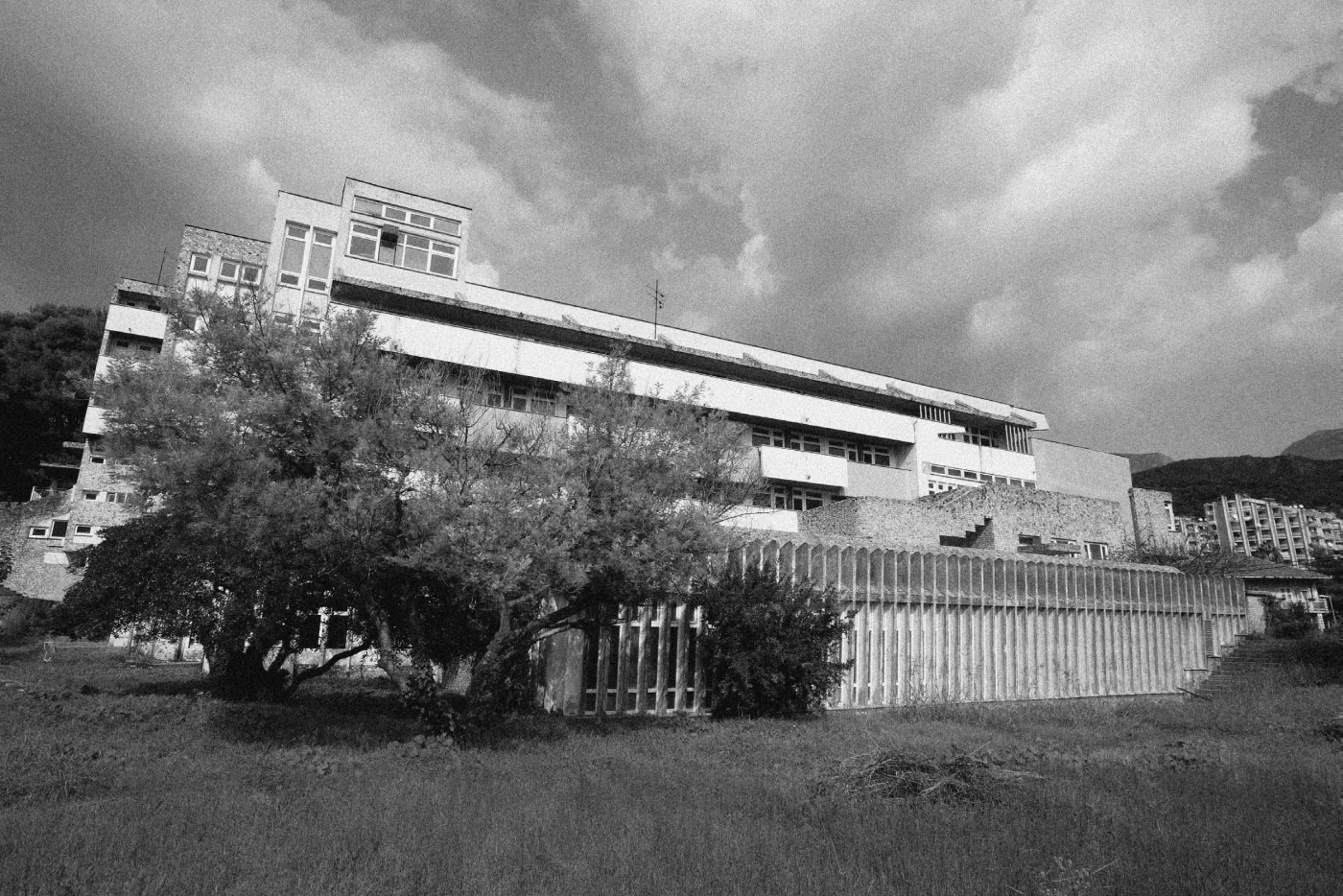This paper attempts to uncover and analyze the dynamics of residential urban transformation in the vicinity of the controversial Istanbul mega-project, Canal Istanbul. The planned urban fabric along the prospective shores of Canal Istanbul is largely residential, and many of the projects are large-scale, ‘branded’ projects. Unoficially termed ‘New Istanbul’, this area was promoted heavily by the government in the run-up to the general elections of 2011. The messages contained therein were multi-layered and have changed over time. However, they focus in general on Turkey’s ambitions of becoming a regional power by 2023 (the Republic’s centennial), a desire to align the country more closely with its Ottoman past, and the promotion of family values, as well as a more conservative worldview. It is these distorted reflections of design culture, public policy, and the housing market that form the focal point of this research. By deconstructing pertinent elements of the New Istanbul discourse through a thematic content analysis of selected housing development websites, this study aims to uncover the unforeseen socio-spatial texture of a newly constructed urban periphery, shaped through the political discourse and exposed via the market.
Author: Peter Szalay
Inconspicuous Modernism in the Handlová Church
The Church of St. Catherine in Handlová makes no pretence of surprising us with anything special at the first sight. When inspecting from the exterior, we can easily classify this building as a representative of Slovakia’s Gothic architecture. And to some extent it is. However, the truth is that the church’s current state is the result of a heritage restoration from the second half of the 20th century whose author is the architect Karol Chudomelka, and at the same time is the bearer of several modernist principles. These modernist elements are especially noticeable in the interior of the church. Chudomelka was not the first architect to use modernist architectural forms in the Handlová Church, yet any traces of its predecessors are preserved only in archival sources.
Architectural Competition Designs and the Construction of the International Hotels by Stavoprojekt Brno
The article focuses on the state design organization Stavoprojekt and its involvement in international architectural competitions for hotels in Czechoslovakia mainly in the 1960s. The research draws upon newly discovered archival materials, among them hotel plans for the cities of Brno, Ostrava, Karlovy Vary and Prague. Although Stavoprojekt and its branch in Brno are known mainly for the construction of apartments, the architects also created original architectural designs. The text deals with the Brno construction of the International Hotel and other unrealized hotel designs produced for competitions, presented to the public for the first time in the text. The architects’ efforts ended gradually due to the August occupation of Czechoslovakia and the onset of normalization.
The Architectural Heritage of Zagreb’s Reinforced-Concrete Industrial buildings after the Second World War and Its Landmark Protection
Industrial buildings in Zagreb after WWII were constructed in the Modernist manner as product of the industrialization of the Federative People’s Republic of Yugoslavia. Their designers were renowned architects of the Croatian Modern Movement from the pre-WWII period, continuing to practice modern architecture in the challenging collectivist times thereafter. Production halls, administrative buildings, chimneys, social service facilities and dormitories show a functionalist belief enriched by the elegant gigantism of reinforced concrete structures. Zagreb’s post-WWII industrial architecture, aesthetically equivalent to any contemporary concrete structures erected in either Western or Eastern Europe, is deserving of creatively reuse.
What Will You Be Like, Prague of the Year 2000? The Prague – Central Bohemian Agglomeration Plan in the Contextof Political Changes at the Turn of the 1960s and the 1970s
A new spatial plan for Prague was adopted in 1964. During the approval process, the government took into account the recommendations of experts in urbanism, and, in the interest of the areas’ economic revival, took the first administrative steps towards a planned interconnection of the city’s economy with that of the neighbouring Central Bohemian Region. A working group consisting of employees of the Office of the Chief Architect of the City of Prague, the Terplan state planning institute and other institutions was commissioned to carry out a preliminary study for the Prague-Central Bohemian agglomeration spatial plan. The group was led by Jiří Hrůza, an urban planner and prominent Czechoslovak town planning theorist.The planners considered the scientific-technical revolution to be an important force in the future dynamics of housing and social life in the agglomeration. Research into the social context of the scientific-technical revolution was carried out by a group of experts led by Marxist philosopher Radovan Richta, whose conclusions were part of the Communist Party of Czechoslovakia’s ideological equipment from the mid-1960s. Contemporary sociological research provided another ideological basis for the project. Sociologists’ findings on the stratification of Czechoslovak society found their way into the concept of the spatial plan through a programme of targeted support for social mobility.
The Discourse on the Integration of Art and Architecture in the Mid-20th Century and its Contemporary Reflections
This paper draws attention to continuities and transformations within the discourse on the integration of art and architecture. The first part examines the modern synthesis of the arts through the works of Sigfried Giedion, Nikolaus Pevsner, Le Corbusier, Paul Damaz, André Bloc, Fernand Léger, and Asger Jorn. The second part investigates the links between this discourse of the mid-20th century and the subsequent forms of architecture and art that emerged in the decades that followed, as well as the contemporary discourse on connecting art and architecture that introduced new vocabulary and challenged those very same “traditional” concepts in which it was rooted.
The Multifunctional Cinema and Public Library Complex in Uzhhorod
Designed by the Košice architect Ľudovít Oelschläger, the building of the Uzhhorod city cinema and public library (1932) has become a marker of modernity for the city — in the design approach, the multifunctional character of the building, the respectful attitude to the historic space of the city center in the construction process and the stylistic solutions. This paper reviews the results of our archival research, mostly carried out in the State Archives of Zakarpattia Oblast, and information from the contemporary press. Analysis in the context of interwar cinema design trends in the Czechoslovak Republic and other countries is an integral part of the study.
The Method of Contrast and Its Decline after 1968
In the 1960s, Czech architects and preservationists promoted the view that new buildings in historic settings should be “contemporary” and should be designed in a contrasting manner. This belief implied that their authors had to find new methods of engagement with their context, avoid the approaches of neutral “preservationist architecture” and employ the formal methods of post-war Modernism. Support for this method was provided primarily by architectural historian Oldřich Dostál (1926–1966) and architect Bohuslav Fuchs (1895–1972). For many reasons, including political ones, contrast architecture lost its prestige after 1968 and even today is unpopular among heritage experts. Nonetheless, these circumstances should not imply that heritage protection should refuse to protect its results from the Sixties.
The Heritage of Postwar Modernism: Engaged Research
The current mono-thematic issue of Architektúra & urbanizmus edited by Henrieta Moravčíková, Peter Szalay and Rostislav Švácha, present soundings into the destruction and rejection of postwar modern architecture across a wide geographic span, from Belgium into Central Europe. The varied causes and narratives of the problematic acceptance of late 20th-century architectural heritage presented in the contributions might seem to indicate the persistence of a West-East division primarily through the function of the buildings under threat. The Belgian and German contributions stress the impact on mass and social housing, or more broadly the built legacy of the social policies of the Western welfare state. In the texts from post-socialist Europe, by contrast, the predominant theme is of threats to public infrastructure. All these studies reveal that in the countries that experienced post-socialist transformation, the most immediately threatened architectural heritage consists of works representing investments in socialist public infrastructure: in a sense confirming the assumption of a persistent anti-Communist animus in Europe’s East and a contrasting continuity of the public sphere in the capitalist West. Still, a detailed comparison of the actual processes leading to the disappearance of postwar architecture across Europe reveals that the strict dichotomy offered by this image should not be taken as a uniform truth. As indicated by Ákos Moravanszky, efforts toward the humanisation of architecture and policies to reduce social inequality were similar, in the early years of postwar Modernism, in both the socialist bloc and the West. Currently, with the prevailing political tendencies across Europe favouring neoliberal capitalism marked by the central idea of a minimal state and unregulated market growth, there is a common effort to use architecture in the race for the greatest economic value-extraction from the built environment. Whether it is a question of the privatisation of social and public housing funds and its associated infrastructure in the West, or the privatisation of the grandiosely sized socialist public works in the East, the gaining of profits from real estate is in no way limited either by social and public function, or by architectonic and urban form.
Czech Way to Christian Norberg-Schulz
Archimap 2/20: Mapping the Post-war Socialist Architecture in Košice
Two Books of Related Subject Matter Addressing the Critique of Modernist Views on Design and Architecture
JAN MICHL
FUNKCIONALISMUS, DESIGN, ŠKOLA, TRH
ČTRNÁCT TEXTŮ O PROBLÉMECH TEORIE A PRAXE MODERNÍHO DESIGNU
FUNCTIONALISM, DESIGN, SCHOOL, MARKET
FOURTEEN TEXTS ON THE PROBLEMS OF THE THEORY AND PRACTICE OF MODERN DESIGN
2019, Brno, Books/Pipes Publishing (2nd edition), 327 pp.
JAN MICHL
CO BAUHAUS DAL A CO VZAL. KRITICKÉ ÚVAHY O MODERNISTICKÉM POJETÍ DESIGNU A ARCHITEKTURY
WHAT THE BAUHAUS GAVE AND WHAT IT TOOK CRITICAL REFLECTIONS ON THE MODERNIST CONCEPTION OF DESIGN AND ARCHITECTURE
2020, Brno, Books/Pipes Publishing, 297 pp.
The Prior Department Store in Košice in the Context of History, Current Structural Alterations and Engaged Preservation
The Prior department store (OD Prior) was constructed in the historic centre of Košice according to the design of Czech architect Růžena Žertová in the 1960s. Not only is it a significant landmark, is also an example of post-World War II architecture that harmoniously coexists with the surrounding historical buildings. During the course of its existence, the store has undergone several structural alterations, yet all the same continues to retain its built qualities, derived from a rational construction system in combination with a sculptural exterior sculptural exterior. A change in the ownership of the building between 2017 and 2018 began a process of the necessary confrontation of opinions of various social groups on the building: its architecture, use, protection, value, and above all, what it should look like. The present contribution uses the example of the Prior department store in Košice to reflect on the given realities affecting the question of institutional heritage protection. No less, it outline possible methods of drawing attention to this architecture in the context of civic activism with expert background.
Community Engagement in the Revitalization Process of Elevated Walkways in Petržalka through Prototyping Solutions for Public Spaces
The present article draws attention to the topic of terrace structures in Petržalka and identifies the reasons behind their current condition. It also maps previous activities in their reconstruction and at the end presents two case studies of community-based projects as an alternative approach. The specific case studies point out opportunities and possible solutions with achieved results, such as connections between problems and solutions. Nevertheless, by explaining and analyzing the outcomes we defend the position of these approaches as useful tools to start and sustain temporary change as a potential concept for planning and accomplishing the necessary thorough reconstruction with a focus on the social, legal, and sustainable urban development aspects.
Campaigning for Postwar Modernist Housing Estates in the Frankfurt Rhine-Main Area
Most German large-scale postwar housing estates suffer from a negative image. While many individual buildings from the era are part of the listed cultural heritage today, the estates usually have escaped formal listing even as conservation areas, despite their historic significance being obvious. Although in theory, listing does not depend on public opinion, in practice, it does. Therefore, if these housing estates are to be preserved, not only the listing authorities have to be persuaded to grant statutory protection, but also the general public needs to be convinced that post-war housing estates are worth keeping. To these ends, the Post-War Modernist Housing Research Lab (based at the Frankfurt University of Applied Sciences) developed a set of activities. Some of them aimed at informing and educating the general public about the historical and societal importance of these large-scale housing estates, others at key stakeholders such as housing associations, building authorities and architects. After almost three years of experience, first conclusions about the impact of these activities can be drawn. In this paper, we firstly explain the specific situation of large-scale housing estates in Germany. Subsequently, we examine how listing and public opinion interact in the context of the German federated states with individual heritage laws, focusing on the state of Hesse, where the Research Lab is located. We then introduce the Research Lab and its research approach as well as the dissemination and education activities developed at the Lab. To conclude we evaluate these activities and discuss implications for future activities of research institutions and universities.
Modern Landscape Concepts in the Early Protection Perspectives: The Professional Positions of the Architect Tibor Farkas and the Landscape Architect Mihály Mőcsényi
The question of the landscape aspect has become more important in heritage protection generally, while yet this possibility has not yet been developed expanded to include in modern heritage protectionas well. The aim of the study is to examine the history of ideas in the landscape interpretation of modern architecture. The analysis compares the perspectives of two pioneer figures in Hungarian professional history, the architect Tibor Farkas and the landscape architect Mihály Mőcsényi. By drawing the a genealogy of planning history, it is possible to explore the genesis of professional perspectives, to branch out into architecture and landscape architecture, and to compare different interpretations of modern landscape protection.
The Trade Union House / Istropolis: The Birth and Liquidation of an Innovative Generator of Social Life, Culture, and Education
Bratislava’s former Trade Union House [Dom odborov], renamed after 1989 Istropolis, is the largest cultural and social complex in Slovakia. During the past two years, it has been at the centre of unexpected public attention. The reason for this interest lay in the circumstances surrounding its change in ownership, reduction of use, followed by the entire closure of the object and an eventual announcement of its demolition and replacement with new construction. Between 2019 and 2021, the situation set in motion a series of activities hoping to prevent the liquidation of this architectural work and – unusually – brought together the professional academic sphere with engaged members of the public. The present study presents the history of the creation of this noteworthy architectural complex, drawing attention to its innovative urbanistic, typological, and construction solutions. Additionally, it draws attention to the problems facing the evaluation and protection of architectural heritage from the second half of the 20th century. As the authors of the text were active not only in the research but also took a significant public role in defending this architectural achievement, the study also has the ambition of contributing to the discussion on perspectives of engaged research in the fields of the historiography and theory of architecture.
Research, Protection, and Re-Use Possibilities for Post-War Industrial Heritage in the Czech Republic – Current Research and Efforts towards Protection
Industrial architecture built by the second half of the 20th century has already acquired its place in the professional debate on research and protection of industrial heritage. However, industrial buildings from 1950s – 1980s, often architecturally, typologically and technologically very interesting, representing the development of technology industrial efforts of that era, are still only on the fringe of professional interest. However, ongoing research on the architectural heritage of this period shows that the topic is extremely alive and has to do with research and protection of post-war architecture in the Czech Republic generally. The text summarizes current efforts for inventory work, which the authors deal with along multiple lines. It also addresses an essential issue of interpreting general characteristics, without the understanding which it is impossible to further interpret the inventories. And finally, it discusses in more detail the issue of the importance of architectural competitions in design practice. The results should help in the discussion on the recognition, protection, and/or re-use of these buildings.
Conservation Issues of Post-War Modernist Architecture in Poland
The following article addresses a broad spectrum of subjects relating to the protection and conservation of postwar modernist heritage in Poland. It is divided into three sections, each comprising several related aspects of the issue. The first section briefly explores the legal and organisational structure in place for monuments protection. The second section focuses on specific legal problems facing the protection of modernist monuments. The third provides an overview of changes to Poland’s approach regarding the architectural heritage of the postwar era, delving into specific examples and outlining the key processes.
An Inquiry into Intentional Values: The Arenawijk in Antwerp – Renaat Braem’s Modernist Social Housing Ensemble as a Case Study
Renaat Braem’s Arenawijk in Antwerp is a key example of Belgian post-war modernism, representing the development of social housing as a state-building enterprise. Considering the building’s continuous use and current redevelopment, this paper explores the expansion of Belgium’s current legal heritage protection, which is based on heritage values. Additional ‘intentional values’ would focus on the intrinsic meaning of the building and aim to strengthen the building’s heritage values, albeit from a different perspective. A range of strategies, including research-by-design, can uncover the hidden potentialities of the existing building and reveal a variety of options and ideas for change.
From Planned to Unplanned City: Coping With Uncertainty in Urban Development?
Planned Unplanned Cities
Scientific colloquium
8. 11. 2017, Bratislava, Department of Architecture, Institute of Construction and Architecture, Slovak Academy of Sciences
A Perfect Routine between the Market and Art
TEREZIE NEKVINDOVÁ, DANIELA KRAMEROVÁ a kol.: AUTOMAT NA VÝSTAVU. ČESKOSLOVENSKÝ PAVILON NA EXPO 67 V MONTREALU2017
Galerie výtvarného umění v Chebu a Akademie výtvarných umění v Praze. 298 s.
ISBN 978-80-87395-31-8, ISBN 978-80-87108-71-0
One Europe
ÁKOS MORAVÁNSZKY, JUDITH HOPFENGÄRTNER (eds.) Vol. 1: RE-HUMANIZING ARCHITECTURE, NEW FORMS OF COMMUNITY, 1950 – 1970
2017, Bazilej: Birkhäuser Verlag GmbH. 336 p.
ISBN 978-3-0356-1015-4
ÁKOS MORAVÁNSZKY, KARL R. KEGLER (eds.) Vol. 2: RE-SCALING THE ENVIRONMENT, NEW LANDSCAPES OF DESIGN, 1960 – 1980
2017, Bazilej: Birkhäuser Verlag GmbH. 256 p.
ISBN 978-3-0356-1015-1
ÁKOS MORAVÁNSZKY, TORSTEN LANGE (eds.) Vol. 3: RE-FRAMING IDENTITIES, ARCHITECTURE’S TURN TO HISTORY, 1970 – 1990
2017, Bazilej: Birkhäuser Verlag GmbH. 336 p.
ISBN 978-3-0356-1015-8
Phenomenon Vladimír Dedeček
Monika Mitášová Vladimir Dedeček: Interpretácie architektonického diela
2017, Bratislava: Slovenská národná galéria. 842 s.
ISBN: 978-80-8059-198-4
Monika Mitášová (ed .) Vladimir Dedeček: stávanie sa architektom
2017, Bratislava: Slovenská národná galéria. 354 p.
ISBN: 978-80-8059-200-4
Hans Karl Stark Notes on the Interwar Aarchitectural Work
The article deals with the work of a less-well- known functionalist architect, Hans Karl Stark, a graduate of the Technical University in Brno. An important creator of the modern Functionalist architecture of Bratislava, he belonged to the cultural circuit of German architects living and working in Slovakia. Information derived from archival documents brings new knowledge and makes the exploration more exact. The research has also confirmed this architect´s authorship of several building in Bratislava and Malacky.
The Acoustical Qualities of Baumhorn’s Synagogues in Slovakia
The buildings designed by Leopold Baumhorn in Slovakia are unique not only for their architectural but also their acoustic features. As synagogues in post-totalitarian Europe, these buildings no longer serve their original intended function and host mostly various cultural and social events. As a result, it is important to investigate their acoustic characteristics. The current study presents the main acoustic features of the Baumhorn synagogues in Nitra, Liptovský Mikuláš, and Lučenec collected during acoustic field research. Additionally, the study points out the importance of preserving this type of information as a form of intangible cultural heritage.
The Critical Potential of “Total Installations” – The Logic of Ilya Kabakov
The critical potential of “total installations”— the logic of Ilya KabakovThis paper focuses on the analysis of the installation Ten Characters by Ilya Kabakov, as this artwork is considered as a crucial instance in interpreting Soviet narratives and figures as a metaphor for life in the Soviet Union. The paper shows that Kabakov draws attention to the consequences of the typical housing structure invented during Socialist regime known as the kommunalka, or communal apartment. In this artwork, he comments on the forms of horizontal supervision that function not only in the communal apartment, but in the wider sphere of Soviet society, and uses the local mentality emphasising the role of social reality.In this respect, the critical potential of this artwork is monitored simultaneously by its challenge to socialist realism on the political level, and its fetishism of neo-avant-garde art on the aesthetic level.
Context in the Works of Nikola Dobrović on the Territory of Herceg Novi
In the conditions of current globalization trends, the creation of a new European political and spatial context and the expression of regional cultural differences, a need has emerged to redefine cultural and urban identity. Spatial-cultural identity is particularly strong in settings enriched by a recognisable geo-climate and cultural and built heritage such as the Adriatic Coast, with specific emphasis on the Bay of Kotor (Boka Kotorska) and Herceg Novi, its largest town. The main subject of the this paper is the architecture of Nikola Dobrović as realised during the 1960s and 1970s in Herceg Novi. Ranging from the first town planning of Herceg Novi, and plans for the central town zone to a large corpus of unaccomplished projects and several realised buildings, it represents an illustrative response to the context and new programme visions. All this work was carried out in the context of the dynamic post-war development of the town and the architectural paradigms valid in that period.The general goal of this paper is to define and explain the character and scope of the works of Nikola Dobrović in Herceg Novi, through analysis of their relation to the regional context. Additionally, a comparison is made with his early contextual sensitivity demonstrated in the project examples of Dubrovnik. The final goal of this paper is to raise awareness of the significance of 20th-century architectural heritage as a valid element of urban identity, a source of inspiration and creativity of future generations, as well as a supply of usable and current project methods in building the urban landscape of a coastal town.
